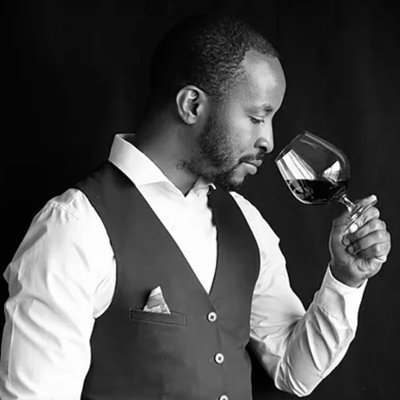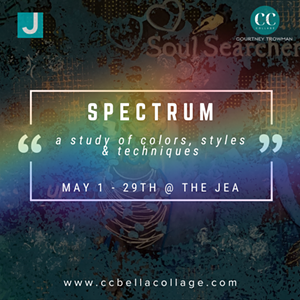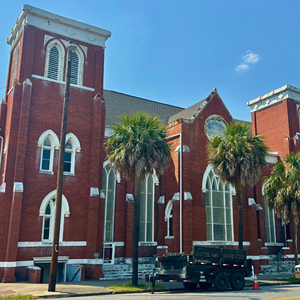A WATERFRONT hotel project so massive and ambitious that it would literally change the physical geography of River Street and how people experience it.
A highly controversial design which seemed jarringly out of context for its setting, and polarized Savannahians.
A developer famous for “thinking big” and putting his personal — critics also say garish — stamp on every project.
Plant Riverside? Maybe.
But all that certainly applies to the Hyatt Regency hotel on River Street.
Built in 1980, that project from late developer Merritt Dixon took Savannah’s historic fabric and tugged it at both ends.
Originally envisioned as a 14-story high-rise, a long struggle with the Historic Savannah Foundation resulted in the “compromise” of a six-story building.
In addition to the Hyatt’s brutally modernist architecture, it further insulted preservationists by bridging the old cobblestones of River Street, physically dividing the waterfront in two.
“This is the best thing that ever happened to Savannah — this is big business,” Dixon said at a dedication ceremony for the Hyatt Regency 40 years ago this month.
Dixon predicted it would become “the focal point of the entire historic district.”
Sound familiar?
River Street now sees another massive hotel in Richard Kessler’s Plant Riverside District, which dwarfs Dixon’s Hyatt Regency not only in size, but in scope.
Anchored by a JW Marriott hotel repurposed from the old Savannah Electric Power Plant on the west end of River Street, the Plant Riverside District includes over a dozen separate food and beverage outlets, a dedicated Riverwalk, and will eventually have a parking garage and attached live performance venue.
The entire District was made possible by private/public partnership, which includes a bond issue to fund construction of the parking garage and a sizable tax credit.
I toured the space at last week’s ribbon-cutting. It takes a lot to render me speechless. But that was the case.
The volume of sensory stimulation is something closer to a theme park than a lodging place. Plant Riverside is “just a hotel” in the same sense that the Great Pyramid is just a triangle-shaped building.
The décor quite simply defies explanation. You’ve got to see it to believe it.
Part Jurassic Park, part Harry Potter, part ‘70s-era Disneyworld.
Steampunk meets Indiana Jones meets New Age meets Victorian Folly.
A life-size, moving chrome dinosaur skeleton. Fossils. Pterodactyls. Thousands of geodes and crystals of all colors and origins.
An enormous, imaginative bronze of Beethoven. And outside – yet to be revealed and placed on its pedestal – a statue of Martin Luther King Jr.
While the design aesthetic itself has drawn howls of local criticism due to its over-the-top eclecticism, there’s no question that you can see every dime of the $350 million-plus that went into it.
Whatever your take on the taste level, there’s no doubt that every inch of the renovation is at a world-class, top-notch level of craftmanship.
The developer says there’s nothing like Plant Riverside in the world, and for once I’ll take a developer’s word for a statement that ambitious. He’s right.
Unfortunately that cuts both ways.
There is already a heated controversy building around one particular — and to be fair, quite small — segment of Plant Riverside, the African-themed Baobab Lounge.
While defended by the developer as an homage to Africa and the roots of humanity in that continent, the actual bar space features a variety of questionable design choices which taken together as a whole seem guaranteed to offend some patrons.
The bar is designed around the big game safari motif, with all the associated tropes of the “Great White Hunter” — including actual big game trophy heads around the walls, staring at you with now-dead eyes.
There are beautiful paintings of African tribespeople in indigenous dress, painted by Black artist Woodrow Nash. While there is certainly nothing wrong with Nash’s paintings, in context of the bar’s stereotypical colonialist theme they take on a different character.
There has been widespread revulsion at what was thought – and looks like – a huge chandelier allegedly made of whips.
But they aren’t actually whips – they’re animal horns. Which, if you’re familiar with the way illegal hunting for horns and tusks has decimated animal populations in Africa and Asia, is frankly about as tasteless as a chandelier made of whips.
The glorification of poaching continues with the ghoulish piece de resistance: A tied-up, upside-down dead crocodile hanging directly over the bar.
The problematic racial depictions combined with the animal rights nightmare are a signal that the Baobab Lounge needs to be closed and redesigned, full stop.
The developer has the funds to do it, and that’s what needs to be done. Whether it will be, of course, is another story.
That said, there are many people not offended at all, by the bar or by anything else at Plant Riverside. Overall, the reception has been glowing among the people intended to be its target market.
And there’s a case to be made that nearly any development in that space is better than the decades-old brownfield of a deserted power plant.
Like the once-shocking Hyatt Regency nearby, Savannah will probably come to accept Plant Riverside, too.
I must say I prefer Plant Riverside to what was equally likely to be put there: Upscale residential apartments or condos — essentially a gated community.
Plant Riverside is intended to be a destination for all the public in and of itself, and that it surely is.
They just need to redesign that bar.

































